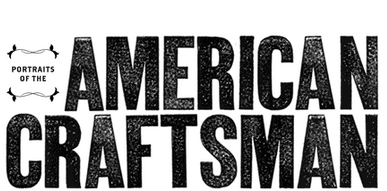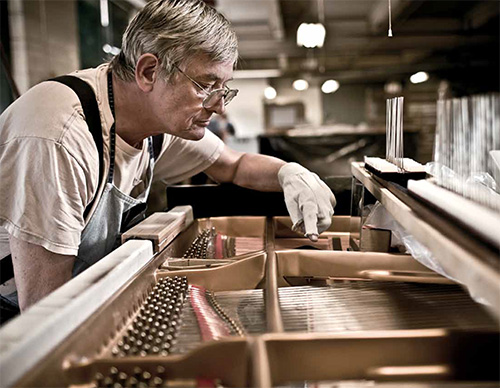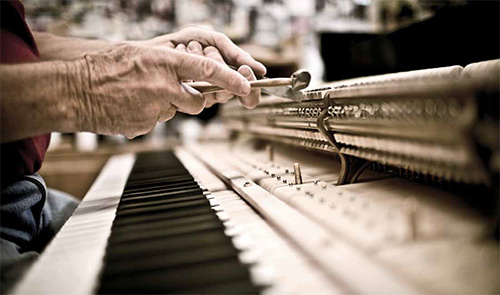Steinway and Sons: six hundred thousand pianos and counting.
For a company to last 160 years, it must learn to innovate. But the surprising thing is not that Steinway and Sons engages in the common social media practice of “crowdsourcing”—asking customers for feedback to improve the product—but that it first started doing so more than a century ago.
The legendary company started during the piano boom years in America, when every parlor had a piano and there were many companies vying for industry share. After just a few years, Steinway developed a form of market research by asking its best customers what they wanted in their piano. Within thirty years Steinway’s innovations rocked the piano world. Inventions like the single-bent rim (the curved grand piano rim made from one piece of wood) and the duplex scale (which produces a richer sound) transformed the craft, the company, and the music world.
As Steinway and Sons approaches its six hundred thousandth piano, they are the unquestioned leader of their trade. But they know better than to forget the importance of fine craftsmanship.
“Many parts of our process have changed little, others completely,” says Anthony Gilroy, director of marketing and communications. “We’re not adverse to technology. We’ve always been an innovator. We were working with acoustic scientists in the 1860s and 1870s. But we only incorporate what won’t impact the piano in any way. Some of the musical parts, however, like people hand-notching the bridges for the soundboard, those people are really artisans. It gives the piano its soul, a human element that you can’t get from machines.”
All Steinways are handcrafted, which is why some companies make more pianos in a week than Steinway makes in a year. About 85 percent of a piano is wood, so every piece of lumber is inspected before being air-dried for one year, then kiln-dried to remove any warp. Hard-grain maple twenty feet long is pressed into one piece to make the inner and outer rim. Each rim is stored in a conditioning room
for several months, after which the rest of the piano frame is attached.
Next, the soundboard (high-grade spruce) and bridge (the same maple as the rim) are intricately formed, taking into account the dynamics of sound transfer, vibration, and resiliency. A huge iron plate (cast by Steinway itself from bell-quality iron) is added before the steel strings are carefully assembled with the action assembly—where the hammers live—and the key frame is fit together and put into the piano. A number of intricate measurements and tests then occur, including eighty-eight rubber mechanical fingers playing the piano in a soundproof room.
It takes about eleven months for a Steinway to be constructed to tonal perfection from twelve thousand individual parts. “That’s twelve thousand places other people can cut corners,” Gilroy says.
Although piano players like the iconic Van Cliburn are no longer like rock stars in America, other markets are growing. China currently has thirty million piano students. Brazil is much the same way, Gilroy says.
“They appreciate the craft, and well-made tools,” Gilroy says. “You’ll never get better working with bad tools. Besides, they’re no fun. It’s fun playing on a great instrument.”





